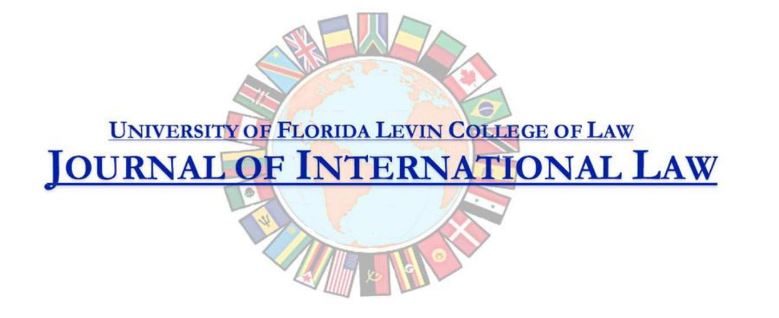
Abstract
Cuban environmental legislation was not born with the revolutionary process, at least in some of its aspects. Precursors exist from the nineteenth century, provisions related to natural resources, with a clear anthropocentric focus. The Hunting Act [Ley de Caza] of 1884 and the Hunting and Fishing Act [Ley de Caza y Pesca] of January 1909, classified species as useful or harmful, in accordance with a short-term and economic view, to such a point that those species changed place in the space of about 30 years.
In the 1930s, as a consequence of an international trend, the creation of areas under a system of special administration was begun, with different management categories. In this way, by Presidential Decree of April 24, 1930, the Sierra Cristal National Park was created, followed by the Zapata Swamp National Fishing and Hunting Refuge (1936), and the Topes de Collantes National Park and Forest Reserve (1939), among others.
Despite these legislative efforts, which could be called limited and unidirectional, the de facto situation did not change substantially. The effectiveness of the legal provisions that were enacted was very diminished, as the political will necessary for their implementation was lacking, as was the allocation of economic recourses for that purpose. It is for that reason that in 1958 it was affirmed that “little or nothing has been done in each case for the park or refuge to meet the proper conditions for these reservations and to carry out their proper function, “they have not been duly created in order to prevent free access,” no signs or announcements have been put in place indicating any limits or prohibitions, nor have even the most elementary practices of conservation been realized (. . .), often large quantities of wood are removed in secret or with special permits, in addition to the plagues of insects and fire . . . .”
This situation made necessary the series of institutional and legal changes that ensued after 1959, which will be described below briefly, with emphasis on those made after the approval of the Constitution of 1976. The process of institutionalization begun from that moment onward involved a continuous path of legislative and institutional development until the present day.
Recommended Citation
Cánovas González, Daimar
(2017)
"Environmental Legislation and Institutional Framework in Cuba,"
Florida Journal of International Law: Vol. 29:
Iss.
1, Article 2.
Available at:
https://scholarship.law.ufl.edu/fjil/vol29/iss1/2
Included in
International Humanitarian Law Commons, International Law Commons, International Trade Law Commons